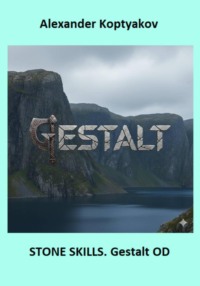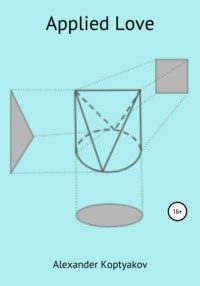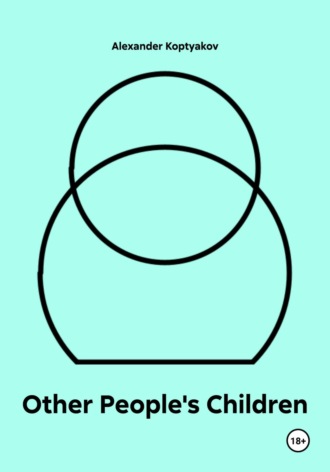
Полная версия
Other People's Children

Alexander Koptyakov
Other People's Children
01 Civilizations
Writer: It was a warm, dry Moscow day. We were strolling through the alleys of VDNKh. Without any particular destination – wherever our feet would take us, wherever our thoughts would lead. Just chatting. The conversation turned to photo sharing social networking services. I wasn’t registered yet and, frankly, didn’t understand what exactly I would photograph and share publicly if I got an account. Back then, this trend was just starting; many people were photographing and posting pictures of their food and selfies. And then, a manhole cover caught my eye. An idea! I’ll photograph and post pictures of manhole covers – them and only them! Since then, I’ve collected a collection of over several hundred unique manhole covers from all over the planet! Some people bring back magnets or figurines from their travels, but I photograph manhole covers in any new place, whether it’s a vacation or a business trip. At some point, friends and acquaintances also started photographing and sending me photos of manhole covers from their trips. I post those too. So now the geography of published manhole covers is wider than my personal experience. The only thing is, my friends complain that they’ve “gotten hooked on it“ and now, instead of the usual tourist attractions, they first look under their feet in search of a new unique manhole cover :) They complain, but they find them, photograph them, and send them to me. And I post them. It’s been almost ten years now.
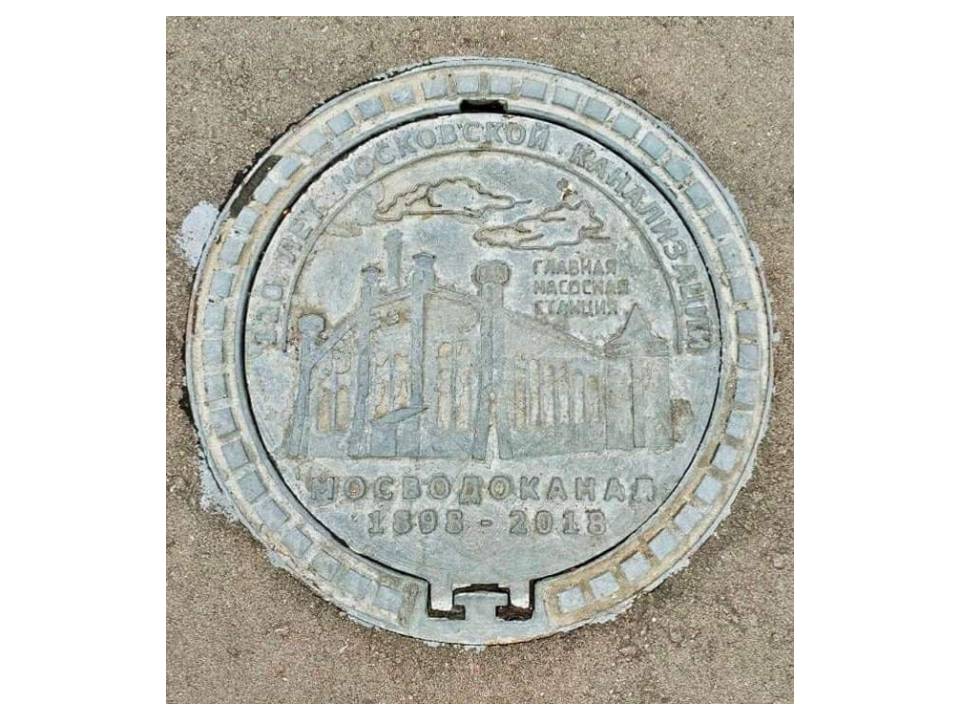
Consultant: And remember how I almost got arrested in St. Petersburg because of your manhole covers! :) So, there I was, walking early in the morning to the Hotel Indigo for the fourth week of organizational development in the Gestalt approach. I still had some time, so I decided to take a walk to the Neva River. I see a manhole cover. Old, worn, with the barely discernible inscription “DEFENSE OF LENINGRAD.“ Just as I photographed it, out of the corner of my eye, I see another one like it a few meters ahead, but with a clearer inscription. I photograph the second manhole cover – and out of the corner of my eye, I see the next one, and move towards it. The third manhole cover had the clearest inscription. I’m delighted, carefully focusing my camera on the manhole cover, and suddenly someone shouts from behind me: “What are you doing here? Show me what you’re photographing!“ I turn around, finally lifting my head. In front of me stands an officer, and behind him, the entrance to a building with a sign “FEDERAL SECURITY SERVICE OF THE RUSSIAN FEDERATION – DIRECTORATE FOR THE CITY OF ST. PETERSBURG AND LENINGRAD OBLAST,“ Liteyny Prospekt, No. 4! To be honest, I’m not sure what he found stranger in the end: the fact that a person was photographing manhole covers near the FSB building, or that I started showing him my social media feed with pictures of manhole covers from all over the world.
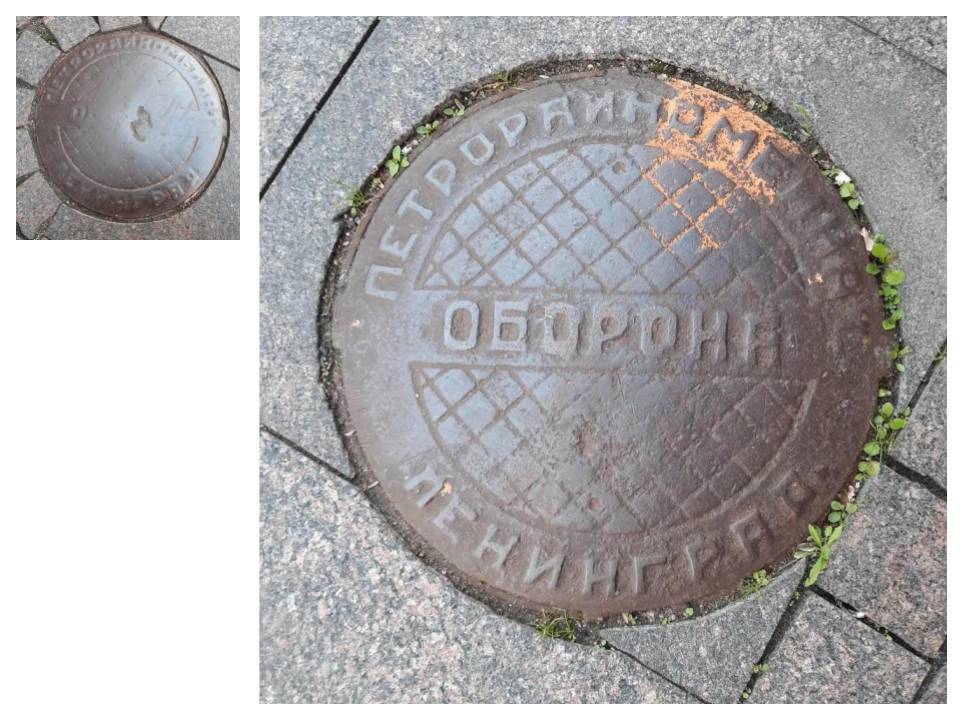
Engineer: Did he let you go?
Consultant: He let me go :) He didn’t look any further at my feed. It even felt a bit disappointing, I wanted to show him more manhole covers.
Engineer: And do you know why most manhole covers are round?
Writer: I’ve never thought about that. Why?
Engineer: You think about it for a while. And I want to raise another question that has been bothering me for a long time… What is “civilization“? Is sewerage really civilization? If there’s sewerage, there’s civilization. No sewerage – no civilization? Where does humanity fit into all of this?
Consultant: Wow, you’re aiming high! Or rather, digging deep. Are you planning to lay a new foundation again? You’ve already defined “love,“ maybe you’ll define “civilization“ too?
Engineer: I will. Both the definition of “civilization.“ And the definition of “human.“ I just wanted to hear your thoughts on it first.
Consultant: Alright. I’ll try to formulate it from my perspective. Civilization is a large organization of people, a large-scale organization. Everyone is united by a common mission and values. There’s a common culture and education to transmit behavioral norms: culture – in a soft form of absorption, and education – in a hard form of drilling. And, of course, a common language for communication.
Writer: And could one say the opposite? Not that civilization is a large organization, but that an organization is a small civilization?
Consultant: Well, one could say that, of course. It sounds logical, I don’t hear any contradictions. But it just seems to me that civilization is still something large, global.
Writer: Then civilization today is less about sewerage and more about globalization. There’s one global civilized world and the rest, the uncivilized world. For me, the cornerstone of this worldview is language. I’ve conducted an experiment several times with my “globalist“ friends and acquaintances, always with a similar result: first, I agree that human history is moving towards a single global civilization with a single language, and at this point, I receive full approval; but then I add that I only agree with this if that single language is Russian – and at this point, my interlocutors’ mental fuses blow… And mind you, I’m asking Russian people who speak Russian.
Consultant: Still, I can understand their logic. If people speak the same language, then communication, and indeed joint activities, become more effective.
Writer: The Tower of Babel as an example of ultimate efficiency, but of evil intent. One could say that from Noah until the construction of the Tower of Babel, there was one civilization on earth. But then the Lord confused the languages and destroyed the tower. The next stop – Apocalypse: “All nations (languages) will come and worship before You, for Your judgments have been revealed.“ (Revelation 15:4). It turns out that in Orthodoxy, many languages and peoples are God’s providence.
Consultant: And did you know that the European Parliament building in Strasbourg closely resembles the unfinished Tower of Babel from Pieter Bruegel’s painting?
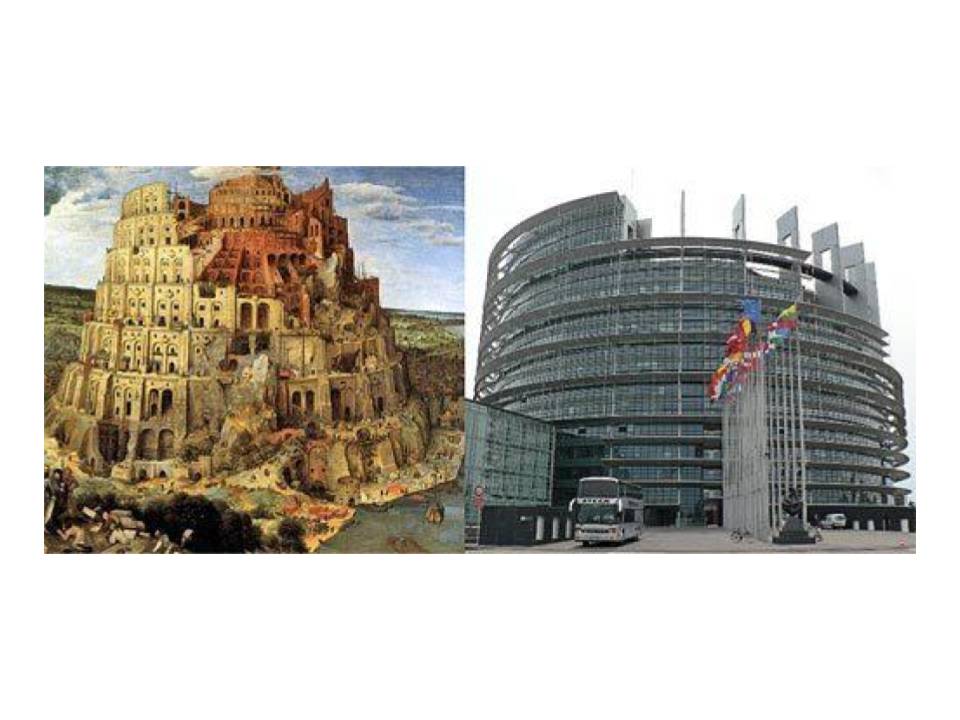
Writer: I can offer a metaphor. Civilization is a ship. And what does every ship have that is also its symbol? That’s right – an ANCHOR! (In Russian – YAKOR as abbreviation: Language (YAzyk), Culture (Kultura), Education (Obrazovanie), Religion (Religiya)). Noah’s ark didn’t have an anchor: everything it needed was inside. Ultimately, the ark came to rest on land and gave rise to a proto-civilization that existed until the Babylonian confusion of tongues. Now every ship-civilization has its own anchor.
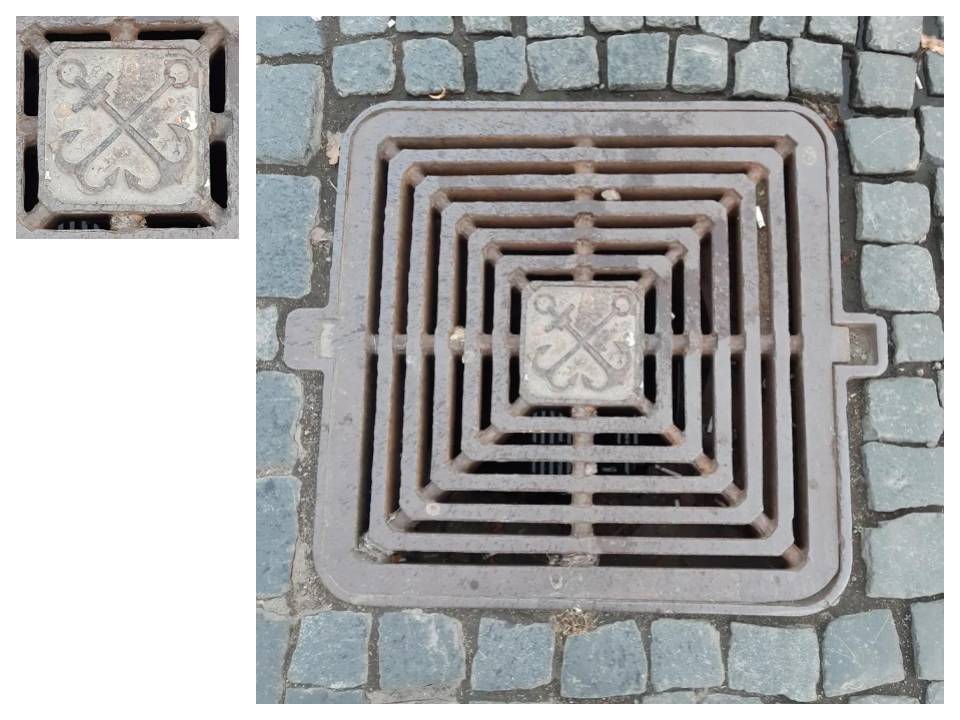
Engineer: I think now is the perfect time to voice my definitions. All three. About love and the two new ones. And then we’ll discuss everything, like before. Here they are, I’ll write them on the board so we always have them in front of us:
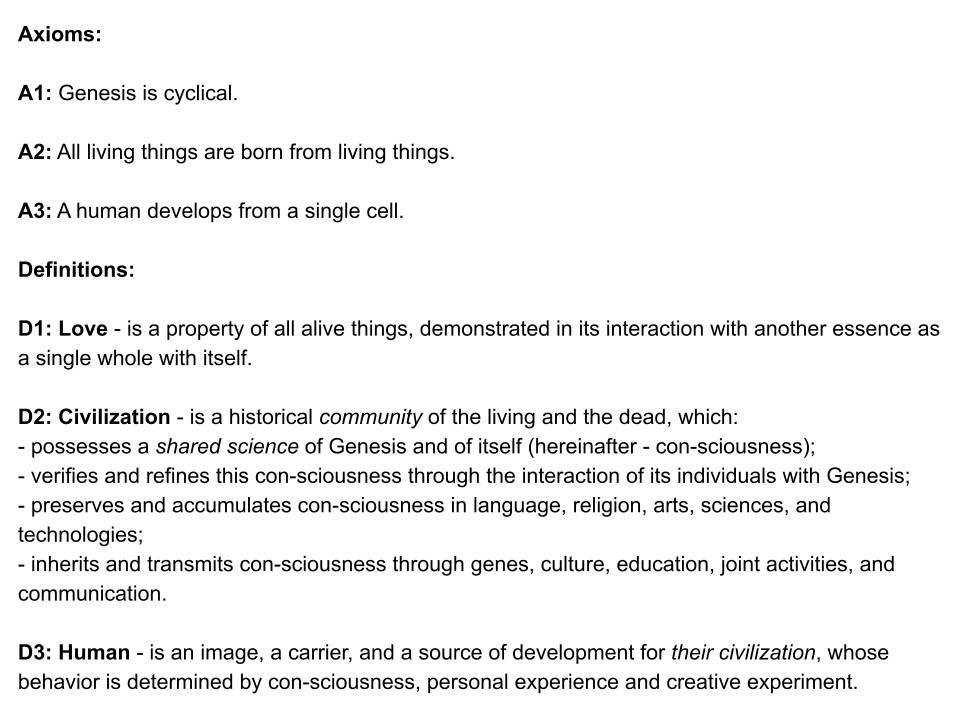
Consultant: I see there are also three axioms here. Are you perhaps planning to create a new science of civilizations?
Engineer: Not a science, no, but a new theory of humans, based on a review and rethinking of existing facts – yes, I am. I have several fundamental hypotheses, and I want to discuss them with you.
Writer: To be honest, I’m already a bit tired. Let’s wrap it up. By the way… so why are manhole covers round?
Engineer: It’s all about people and their safety. Round covers are made slightly larger in diameter than the wells into which people descend to service the systems located in the channels. Such a cover, no matter how you turn it, will never fall into its well. But with any other shape, it’s possible.

Consultant: Civilization takes care of the person who, in the line of duty, takes care of civilization :) Dear Writer, give me the link to your manhole covers.
Writer: Catch. See you again, my friends!
02 The Human
Consultant: A joke. Stierlitz wakes up in his cell in the morning. His head aches after yesterday. He muses: “If I’m with the Germans, then I’m SS-Standartenführer Stierlitz. If I’m with our guys, then I’m Colonel Isaev.“ The door opens, a policeman comes in and says: “Well, you really got plastered yesterday, Comrade Tikhonov!“ (Remark – Vyacheslav Tikhonov played the film role of the Soviet intelligence officer Isaev, who infiltrated under the name Stirlitz)
Engineer: :)
Writer: What, are you suggesting we surrender too?
Engineer: It also seems to me that everyone has long guessed that we are one and the same person, the author of this book.
Consultant: Surprisingly, I don’t feel like some incomplete part of anyone. Of course, formally, we are different experiences in different situations. But when I remember something, I’m sure you were there too. But when I speak – only I speak, on behalf of the whole.
Engineer: Okay, taking over control! Actually, what you’re saying resonates with me. Like in a triathlon: when it’s the road – you run, you get on the bike – you pedal, you jump into the water – you swim. And it’s all you, but – different behavior, depending on the situation.
Consultant: But if you never learned music and you’re put at a piano, you wouldn’t be able to play, would you?
Writer: Well, that’s why there aren’t thousands of us, just three… Three I’s?
Engineer: Personally, I am an engineer, I can prove it.
Consultant: And I am a consultant. You, Writer, are a writer. And we all live somewhere in the author’s psyche and on the pages of this book.
Writer: We live… Imagine you are reading a book by an author unknown to you. You mentally agree or disagree with them, and at that moment the author is living somewhere, doing something, or is already dead, but when you read – you know nothing about it, you just read the book, mentally agreeing or disagreeing with the author.
Consultant: An author lives or comes alive when their books are read. A composer lives or comes alive when their music is performed.
Engineer: The music and lyrics are traditional, performed by descendants :)
Writer: And why do We-I write this book?
Consultant: Well, firstly, it’s a point of assembly and synchronization. Unlike a triathlete, we not only have the opportunity to act differently in different situations, but also to look at the same situation differently. In my worldview, the situation was reflected in one way, in yours – in others. You know something, I know something. We lay it out, connect it, and get shared knowledge: co-knowledge. And then everyone takes this co-knowledge for themselves, and it becomes con-sciousness. Our personal and collective con-sciousness increases. As the Engineer wrote in the definition of civilization – con-sciousness (shared science) of Genesis and of oneself (itself) increases. Square, triangle, circle…
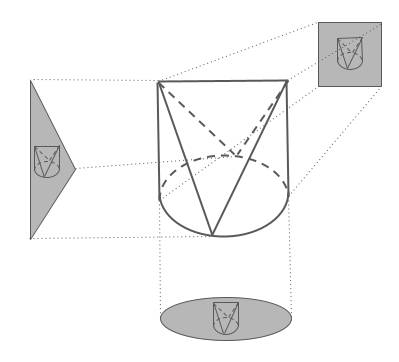
Secondly, let’s be honest, we are not three geniuses here by ourselves. Everyone stands on the shoulders of predecessors or contemporaries, with whom we also have shared knowledge. And for us, it is a responsibility and a duty – to actualize them in the consciousness of our civilization.
And thirdly, our children or great-grandchildren are reading this book now. A hundred, two hundred, a thousand years have passed. And, if we did everything right, and if the Apocalypse hasn’t happened yet, then we, dear great-grandchildren, are talking to you across time right now in Russian, and you are mentally agreeing or disagreeing. You are us. We have passed on knowledge to you through blood and language. Knowledge about a human being – an eternal theme…
Writer: I have prepared a table of authors whom we have read and to whom we refer. With dates of their lives.
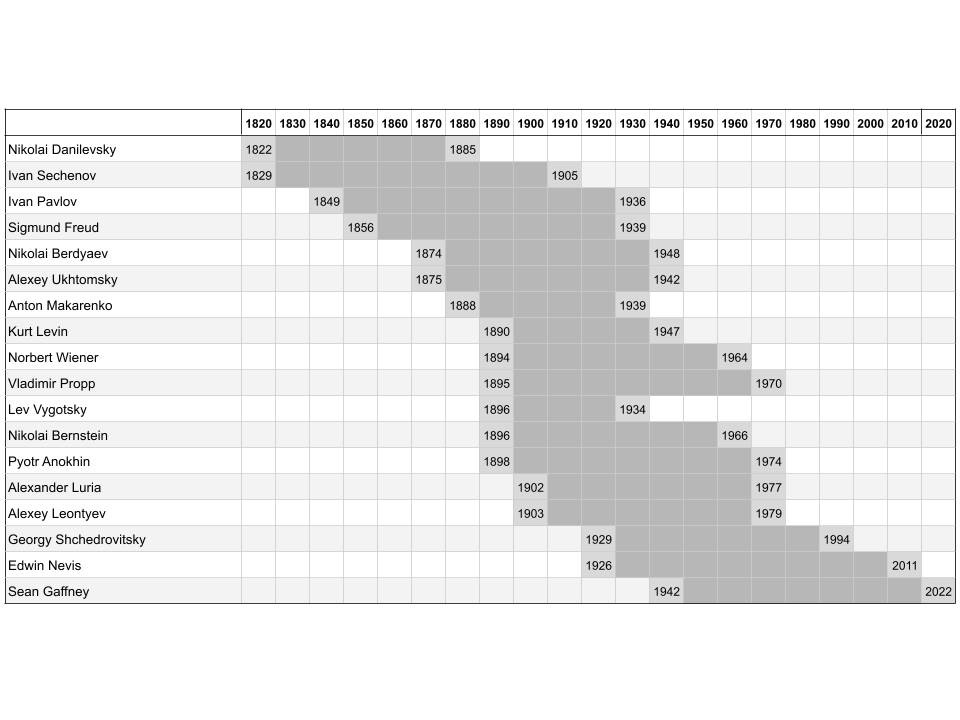
Engineer: Since we’re talking about children, I suggest we try to explain things so that even a child can understand.
Writer: I promise metaphors.
Consultant: I promise diagrams and pictures. Here’s the first one for you – The Human. Psyche and body.
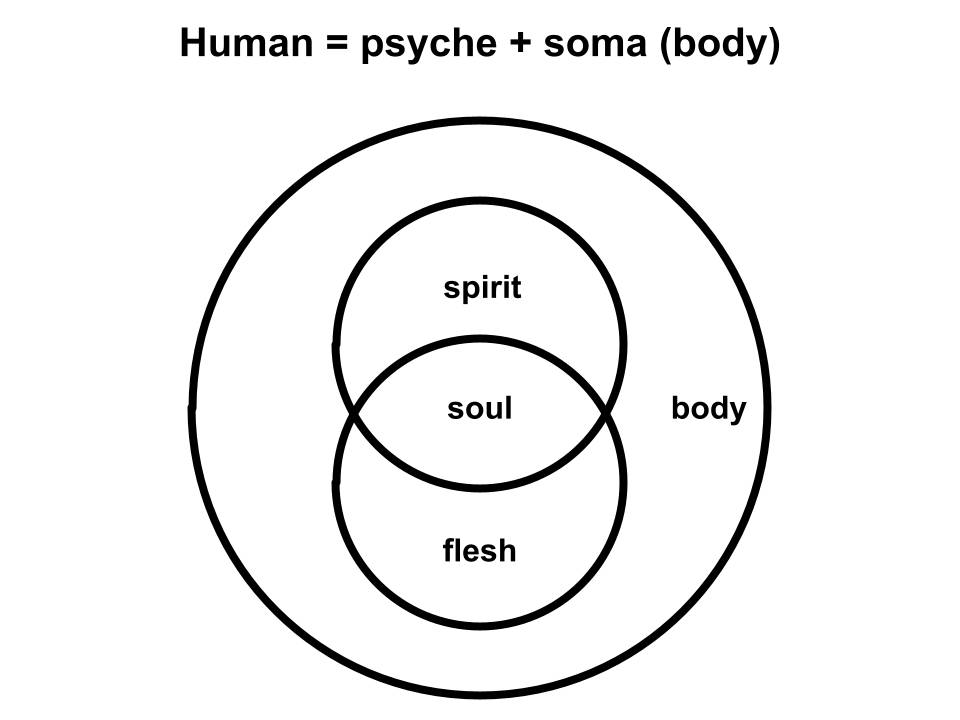
Writer: Within which science shall we develop the theory? Anthropology?
Consultant: I suggest we don’t spread ourselves too thin and rely on what we have personal experience in. From my side – it’s change management and organizational development in the Gestalt approach. So, more like psychology or sociology.
Engineer: If we study ancient humans by excavated tools, then modern humans should be studied by computers, cybernetic systems, and artificial intelligence. This is also more about the nervous system than about bones, nails, and hair.
Writer: I see that, as usual, we will be digging from different sides and deeply :) By the way, about excavations. There is only one science of the soul – psychology, but there are many sciences of the Earth: geo-logy, geo-graphy, geo-physics, geo-chemistry, geo-desy, geo-metry…
Engineer: As a mathematician by basic education, I responsibly declare that geo-metry is not about the Earth :)
Writer: Well then, perhaps psycho-logy is not about the Soul?
Consultant: I propose to call our research an anthropological initiative.
Engineer: Godspeed!
Writer: See you again, my friends!
03 The Cycle of Experience
Consultant: You’ve probably noticed that some people, before going on vacation somewhere, meticulously research the place beforehand, its attractions, and make lists of must-see sights. I, apparently, belong to the opposite group: minimal preparation (local currency, type of electrical outlets, weather for the upcoming week); on the spot – I completely surrender to impressions, and only upon returning, if something captivated me, do I start reading, watching, studying: I connect my personal lived experience with socially accumulated knowledge.
Last year, to my shame and happiness, I discovered the music of Sergei Rachmaninoff in the same way, and then the man himself. A great Russian composer! Amazing. While in Malaysia, my wife and I went to a classical music concert. Before that, the composer’s surname only told me that he was Russian. And then the concert began… I lost all sense of time and space. I didn’t understand what was happening in my soul. I didn’t understand why a tear was rolling down my cheek… I just sat there and dissolved into the music, flying away somewhere with it and returning. I was definitely hearing this concert for the first time, but I had the feeling that I was remembering a lot. For some reason, out of the entire symphony orchestra, my gaze most often rested on the musician who periodically hit the big drums… And a silly thought kept running through my head – “I wonder what the sheet music looks like for a performer who only hits the drum a few times during the entire concert?“
Engineer: Does the drummer in an orchestra have the same sheet music as all the other musicians?
Consultant: Obviously, but unexpectedly so, right? I was recently rewatching “Piano Concerto No. 2“ performed by Denis Matsuev and an orchestra. To be honest, Rachmaninoff is often in my headphones now. So, I noticed that in front of the drummer, and indeed in front of all the other musicians in the symphony orchestra, there were open scores, while the pianist played from memory, without sheet music. For about thirty minutes. Not the simplest, but, of course, a great musical piece.
And then an interesting thought occurred to me, which I want to discuss with you. It concerns the cycle of experience from the Gestalt approach in organizational development. I showed it to you once. It is usually drawn as a line resembling a hill (a Gaussian distribution curve), starting with “Sensation“ and ending with “Withdrawal“ passing through the stages of “Awareness“, “Energy mobilization“, “Action“, “Contact“ and “Assimilation of experience.“
So. I put the concert on to watch from the beginning. Applause. The pianist and conductor walk onto the stage. A bow. The pianist sits down at the piano, the conductor takes his position. The pianist’s hands are poised over the keys. A dead silence in the hall… The right hand comes down, the first contact happens! The first sound of the piano, the concert has begun. The music flowed, incorporating the streams of all the instruments: violins and other strings, woodwinds and brass, percussion. And in my head, the image of the first touch on the keys remained, and the word “contact“ persistently spun around. Half an hour flew by incredibly quickly, it felt, and then – the final chords… The entire orchestra in a single impulse, the pianist’s hands frantically flying across the keys. Boom-boom-boom, boom-boom-boom, boom-ba-ba-boom! The pianist’s hands soar up above the keys. A dead silence in the hall… A fraction of a second. “Bravo!“ Applause!
And in that moment, it dawned on me! “Contact,“ as it is understood in the Gestalt approach, is not the pianist’s first touch on the key, but the entire concert: from the first touch to the last! It is not a point on the cycle of experience, but a segment between points. And the same applies to all seven stages of the cycle.
But this is not the main conclusion. Usually, the cycle of experience is considered starting from “sensation.“ Which is logical, in principle. And the Gestalt approach itself once began with the study of recognizing complete images, perception. But a cycle is a cycle for a reason, to constantly repeat, maintaining the sequence of stages. So why don’t we change our approach and start considering the cycle of experience not from “Sensation,“ but from “Contact“? After all, in the example of Denis Matsuev playing Rachmaninoff’s Second Concerto from memory without sheet music, there were no random improvisations; the entire concert, as a ready, complete contact, was already in the pianist’s psyche at the moment of the first touch of the key, and only unfolded along with the playing of the orchestra and conductor from the beginning to the end of the concert! Why don’t we shift the emphasis in our approach from the Gestalt of perception to the Gestalt of behavior?

Writer: Contact = Concert?
Consultant: Quite possibly, that’s precisely why initially in Gestalt psychology there was a “Cycle of Contact“. But if we focus, emphasize the manifested action, behavior, then very roughly the entire cycle turns into:
1. “preparation of behavior“
2. “behavior in the situation“
3. “analysis of the results of behavior“
Engineer: And the result of the behavior – that’s not the last strike on the key, but the entire concert performed, right?
Consultant: I think it’s both. Each performance of the concert (read: each contact) adds to the bank of experience. And, having been analyzed, it influences the preparation and performance of the next concert (read: the preparation and performance of the next contact).
Writer: Performance… What a beautiful word: “Per-form-ance“ (forth-filling/completion). You can feel here that it’s not about the final chord, but about the complete work!
Consultant: Remember when the Engineer was talking about the moment between the past and the future – the present moment? Here and now. In the past – a bank of experience. A bank of knowledge about contacts that have occurred. The background from which Gestalts of behavior emerge. In the future – the performance of the work. But the paradox is that at the moment of initiating action (moment 1 on the cycle of experience), the concert is already prepared (contact, 1-2 on the cycle of experience)!
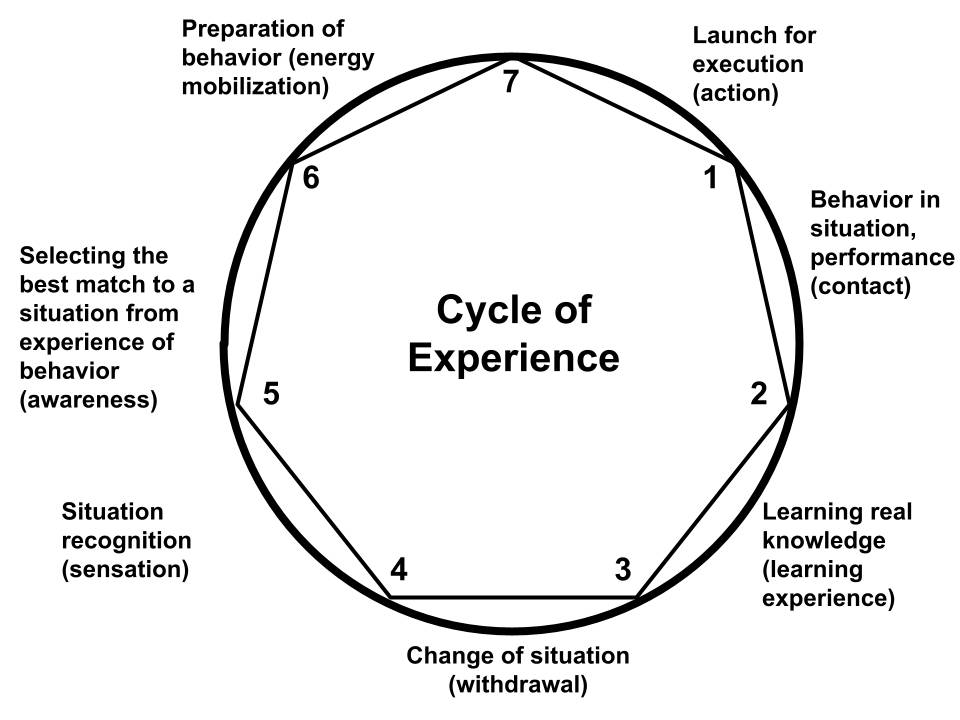
Engineer: To be honest, moment 2 of the Cycle of Experience (CoE) – the result, which includes the real experience of achieving it (1-2 CoE) – seems very important to me. As well as the crucial stage of analyzing the experience (2-3 CoE). After all, if the result (2 CoE) is satisfactory, then the contact (1-2 CoE) is better remembered (2-3 CoE) for use next time in a similar situation. If the result (2 CoE) is unsatisfactory, then the contact (1-2 CoE) is better changed (2-3 CoE), corrected. And if we haven’t reached the result (2 CoE) yet, then there’s nothing to discuss.
Pyotr Anokhin: “Indeed, what does the acceptance of the proposition that a reflex ends not with an action, which is only of an intermediate nature, but invariably with the achievement of a result, commit us to? Classical physiology, in developing the concept of the reflex, never analyzed this crucial point. In fact, having said ’scratch reflex,’ we stopped there, as the classical ’arc’ ended there. But even in this simple act, we usually did not analyze the subsequent stage – the cessation of the irritating action on the skin – which is the result, i.e., the main organizing factor of this entire behavioral act. <…> From the point of view of a more general assessment of behavior, we see that we are dealing here with the same regularity – human behavior in the space-time continuum appears before us as a continuum of large and small results with the indispensable assessment of each of them through afferent feedback. Thus, we have defined in the given formula the law of the construction of behavior in living beings, according to which it represents a continuous chain of results with a subsequent assessment of their adequacy.“
Consultant: This opens up a vast field for questions and discussions. “What if there’s a situation, there’s knowledge, but no experience, and this is the first experience?“ “What if there’s a situation, there’s experience, but it’s not remembered or not conscious?“ “What if there’s a situation, there’s experience, but someone else behaves differently in the same situation?“ And so on…
Writer: And I find stage 5-6 of the CoE interesting – the choice of the best co-respondence to the situation from the experience of behavior. This is about “coming to the concert with the right sheet music“ :) True, for the same drummer, it’s also important not to miss the beat, to stay in rhythm… Con-tact!
Engineer: Action in the moment must correspond to the moment of the situation. At the same time, any situation is not a single moment, but a sequence of events that can unfold over seconds, minutes, or even years. Tying shoelaces, a concert, or a hundred-year war. But each time, con-sciousness outpaces time, prepares a scenario for behavior in accordance with the anticipated scenario of the situation and launches it in order to hit the beat. Did we hit the beat or not? Did we hit it everywhere or partially? Do we need to change our behavior because we can do better in this situation, or perhaps because the situation has changed? Consultant, thank you! The cycle of experience is a most powerful tool for the analysis and synthesis of behavior!


